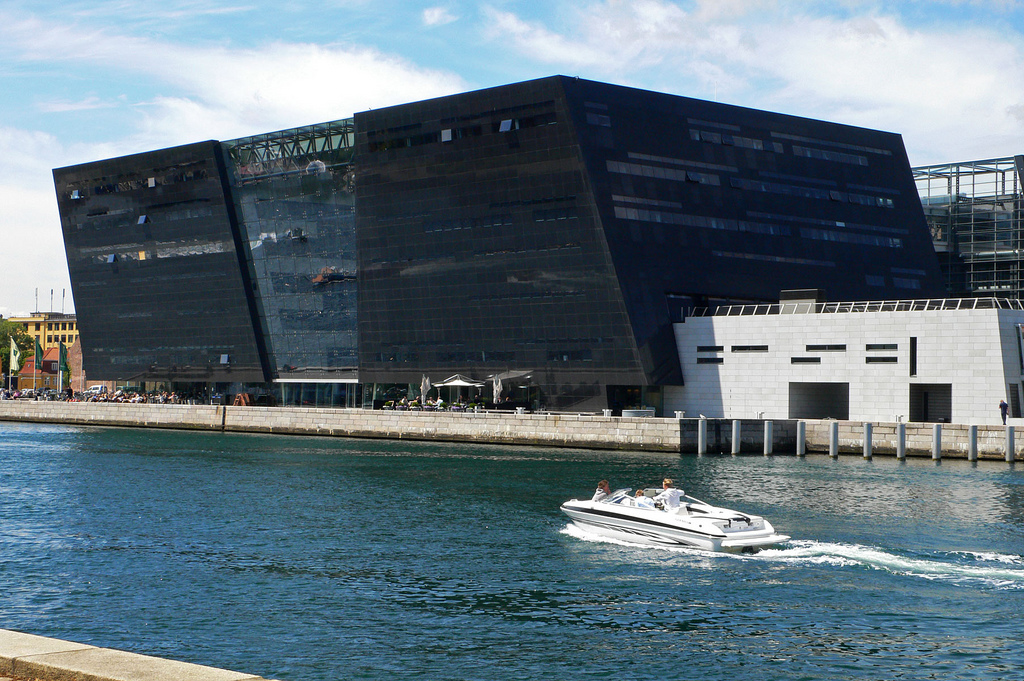Copenhagen: Making Sustainability Convenient
Copenhagen is striving to be the first carbon neutral city in the world, and is well on the way toward this goal, with a 31% absolute reduction and a 40% per capita drop in greenhouse gas emissions since 2005. In 2014, the London School of Economics named Copenhagen a green growth leader, recognizing its achievements in lowering its carbon footprint despite the increase in its income and population.
Copenhagen convened a panel as part of its event entitled “Copenhagen Carbon Neutral by 2025” at the Cities & Regions Pavilion – TAP2015 on 5 December 2015. The panel – facilitated by Christina Anderskov, International Strategist and Sustainability Coordinator for the City of Copenhagen – discussed Copenhagen’s progress toward carbon neutrality and the secrets of its success.
Neel Strøbæk, Ramboll Group Market Director, Planning & Urban Design, stated: “if you are traveling around in the world, you’ll see lots of great carbon neutral plans, but not a lot of implementation. This is where Copenhagen has had the advantage of holding onto the vision and getting it done.” Fleming Voetmann, Head of Sustainability & Public Affairs, Danfoss, agreed that implementation is where Copenhagen stands out, and attributed this to strong collaboration within the city.
Johanna Partin, Director of Carbon Neutral Cities Network, discussed a new report published by Carbon Neutral Cities Network, which compares the success of various cities in working towards a carbon neutral goal. The report looks at how the city has conducted its planning, the progress made, and how it is documenting its process. Partin noted that Copenhagen has done an especially good job of quantifying the benefits and co-benefits of its climate actions; in fact, it is one of the leading cities in this task.
Throughout the session, panellists emphasized the importance of collaboration and inclusion. Jørgen Abildgaard, Executive Climate Director at the City of Copenhagen, believes sharing challenges and successes it vital for learning. Abildgaard commented: “We want to have a positive economy and we want to reduce energy consumption. Our challenge is engaging citizens.”
To do this, the city holds multiple public events and emphasizes storytelling. For example, Copenhagen is well known for its cycling, with more than 60% of all trips made with public transport, by bike or by walking. This is not because of citizens’ concerns about climate change but because these methods are most convenient. This type of story has been effective in engaging the public.
Copenhagen also has an innovative approach to facilitate the business relationships necessary to accelerate climate actions. The Copenhagen Climate Partners is a new platform developed by the city – a network of businesses, organizations, and academia committed to collectively addressing the climate change issue. Abildgaard explained that private investment is vital for Copenhagen’s progress, commenting that “a one euro investment yields 100 times the benefit to the community”.
Voetmann stressed the importance of focusing on energy efficiency first. This low hanging fruit is easily overlooked because renewable energy can be more visible and attractive for an elected official to talk about. As for innovations, many carbon neutral cities are looking to use solid waste as a resource.
Can Copenhagen’s success be replicated elsewhere, in bigger cities? Voetmann believes so. As an old city, Copenhagen has faced significant challenges in the transition toward carbon neutrality. Newer, bigger cities have advantages in this respect. However, it is vital to implement low-carbon strategies from the outset. “Why build beautiful high rises,” he concluded, “with old technology?” By focusing on partnerships, inclusion and convenience, other cities can do what Copenhagen has done. Cities like Copenhagen are leading the way; now others must follow.
***
Featured image: Black Diamond, Copenhagen courtesy of Jeroen Pulles via Wikimedia.




